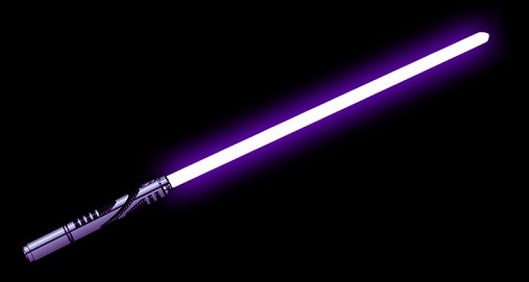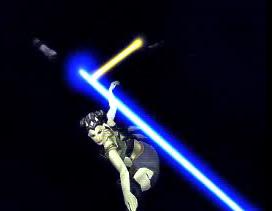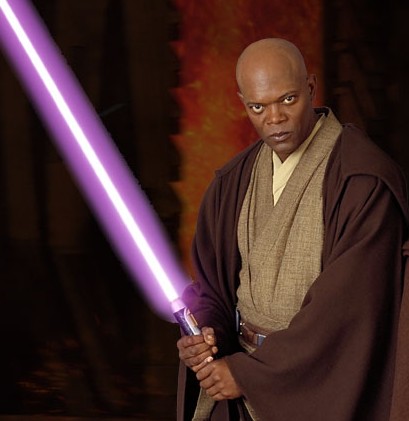 Home
How To Join
Our Heroes
House Rules
New Items
Previous New Items
Character Data
Galaxy Info
Creatures
Bounties
Antagonists
Psycho Syte
Links
Site Updates
Archives
Home
How To Join
Our Heroes
House Rules
New Items
Previous New Items
Character Data
Galaxy Info
Creatures
Bounties
Antagonists
Psycho Syte
Links
Site Updates
Archives
 Home
How To Join
Our Heroes
House Rules
New Items
Previous New Items
Character Data
Galaxy Info
Creatures
Bounties
Antagonists
Psycho Syte
Links
Site Updates
Archives
Home
How To Join
Our Heroes
House Rules
New Items
Previous New Items
Character Data
Galaxy Info
Creatures
Bounties
Antagonists
Psycho Syte
Links
Site Updates
Archives








































 The famed Jedi Weapons Master Kavar. |
 Jedi Weapons Master Mace Windu and the creator of Vaapad. |
|
 Jedi Weapons Master Max Alexander, the last of the Jedi Weapons Masters. |
||
